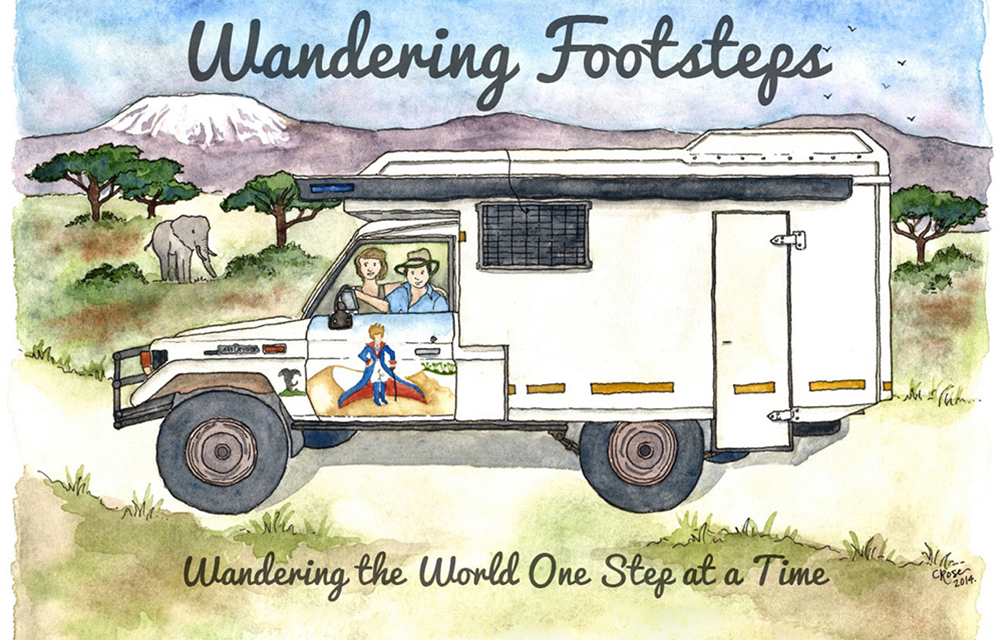
I wasn’t planning to climb Mt. Kilimanjaro, but I certainly didn’t want to leave East Africa without spotting her. It took a week, but when she finally emerged from the clouds, I knew that she’d been worth the wait.

.jpg)
 After nearly a month and a half along the coast, sleeping in sticky heat to the rhythm of the waves, we’ve opted for a bit of a change of scenery. Sleeping on the edge of a forested mountain, surrounded by cool clouds was just the change we were looking for. Paradise in the clouds? Almost.
 I’m not talking about the “Good Vibrations” kind of Beach Boys. Nope. These Beach Boys, found all along the coast of Kenya, are making relaxation on the beaches more and more difficult. Should you interact with them? Buy their products? Or tell them to bugger off? Read on for one tourist’s perspective. |
|
Brittany Sears - Thanks for reading, and especially for leaving a comment! The entry reads like a fiction story, with the lead-up to the perfect spotting of Kili on the last morning, but i SWEAR it actually happened that way! It made me feel as though I was living in a movie or book and that she was there just for me!
On another note, would YOU climb Kili? Throwing that out to you, Tara, and to anyone else who wants to share!
Tara Haskins - I savored every word—beautiful crescendo, dear! And hell yes, I love your justification for not climbing!